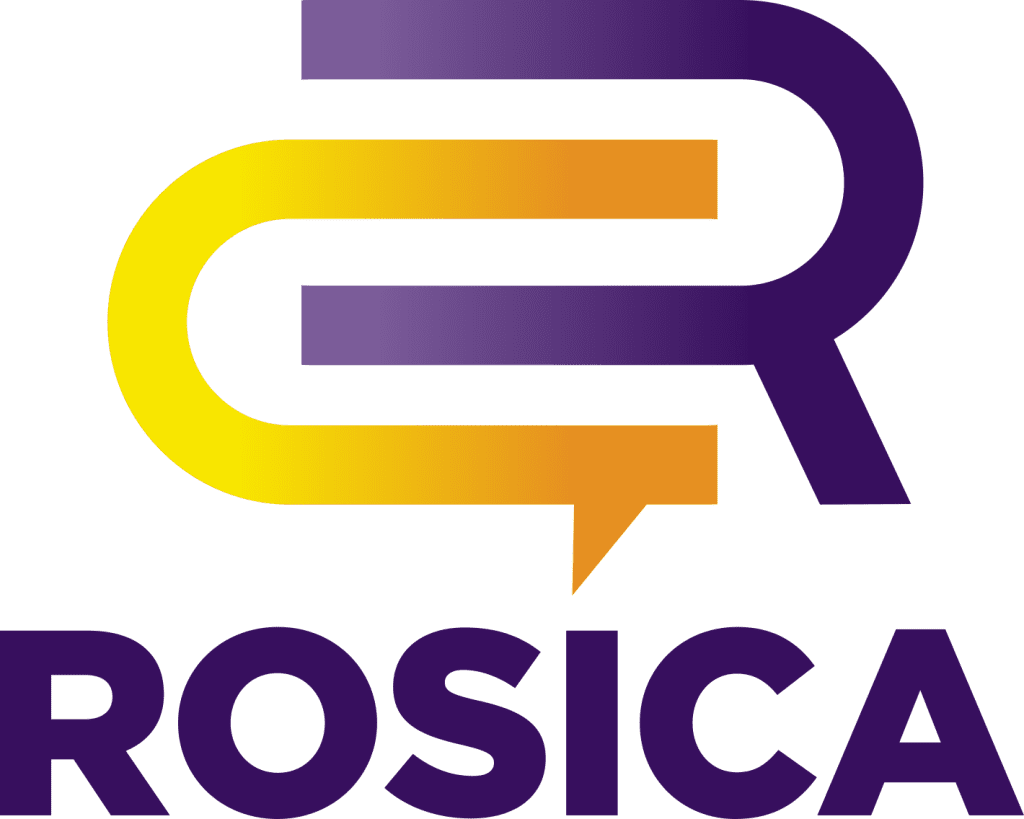Our agency’s President, Chris Rosica, has written extensively about the value of thought leadership. In his latest book, “The Power of B2B Social Media,” Chris defines thought leaders as the go-to people in their fields of expertise and says, “They are subject matter experts considered to have the most informed (and respected) opinions.”
Thought leadership is an invaluable tool for organizations to leverage, as it helps position them as trusted authorities and shapes perception. It is crucial for companies, nonprofits, and brands to put a recognizable face on their organizations to create a strong identity that separates them from the competition.
An effective thought leadership program can increase awareness, influence key stakeholders, and drive the growth of an organization. It can also build a social media following and shape a reputation (on- and off-line).
Since today’s competitive business and philanthropic landscape require differentiation, magnifying thought leadership can effectively help an organization stand out from the crowd – and spotlight their mission, expertise, and value. Organizations that work to build thought leadership for their executives authentically connect with customers, patrons, and other important audiences. It also enables them to secure earned media opportunities for their subject matter experts or key opinion leaders (top spokespeople), and serve as valuable resources to the media on an ongoing basis. They can demonstrate their expertise through editorial contributions/commentary and speaking engagements – then utilize this content for stakeholder communications. These activities go far to build and sustain thought leadership over time.
Lessons from High-Impact CEOs
In his first book, The Authentic Brand, Chris Rosica said, “Thought leadership is not just about brand awareness, but the space you occupy in your peoples’ minds.” Ben & Jerry’s is an excellent example of an organization whose CEO’s have mastered the practice of thought leadership. Founders Ben Cohen and Jerry Greenfield have created a culture that extends far beyond ice cream and have gone far to advance such issues as environmental impact, sustainable sourcing, fair pay, and equity, all of which have been baked into the core of their business. Additionally, when current events arose in regard to those issues, Ben & Jerry’s spoke out. As a result, the company is not just associated with ice cream; they are relevant to their stakeholders and trusted agents of social change.
It’s important to note that there is no one-size-fits-all approach to thought leadership. To truly be effective and authentic, prospective thought leaders must define what matters to them. Rosica states in his book that, “Thought leadership is not about being known, but about being known for something.” Successful thought leaders develop key messages and core values that consumers grow to organically associate with the organization. Being a thought leader goes beyond internal business management and requires an individual to establish themself in society as an expert who inspires and informs the public on their subject matter expertise.
The Benefits of Thought Leadership
CEOs play a major role in unifying their organization and stakeholders around the values that matter to them and help define their business. Thought leadership requires an open line of communication that helps supporters feel closely connected. A recent Forbes article states that, “Businesses and consumers today want more than just a good deal on a product or service. They want to share values with the provider and support the same issues.” Thought leaders should seize the opportunity to share their thoughts, beliefs, and expertise on a range of subjects that their audiences care about.
Thought leadership is an invaluable way to share your story, build a network of loyal followers, improve image/reputation, and showcase your CEO’s unique perspective on important issues. Building credibility and visibility requires consistency, and organizations must prioritize the building of thought leadership. The digital world is constantly evolving and people are always looking for quality content, views, and advice. They want the story, ethos, and values that drive an organization. It is essential for leaders to assess what matters to them and figure out a way to craft their voice around it.

